It is possible that you may be overthinking this.
What determines a Tartan is the thread count. So many yarns of one color followed by so many yarns of another color.
A thread count can sometimes be doubled or halved to produce a specific Sett size. But the relationship will usually be kept recognizable.
The letter "G" may be used for green but it is seldom that a listing will specify a specific color of shade of green
Each mill may have slightly different dye lots and even one dye lot may be slightly different from the next run from the same mill..
One mill may produce a Tartan in a specific color range to produce a specific shading such as "Ancient, "Weathered", "Reproduction" or "Muted" but they are usually accepted as the same Tartan.
For example - All of these are accepted as Black Watch.
Modern colorway.
Ancient colorway. (also Cambell)
Weathered colorway.
Dress version.
When put together you can easily see that these are all the same thread count.
Tartan is a very fascinating art form but there are few rules and few conventions that are universal.
Yes Tartans have names. We have to call them something. But in some cases the names were given to the design for no discernible reason. Some designs have been adopted and we accept that adoption. And in some cases there are Tartans which carry a Highland Clan name that have been rejected or denied.
And then there is the very interesting case of The Vestiarium Scoticum.
Published in 1842... "The Vestiarium was seized upon by Clan Chiefs and the weaving industry with equal fervour. Very few thought seriously to question the claims and it wasn't until almost 140 years later that an analytical study of the book was undertaken. The conclusion was that talented and ingenious though they were, the Sobieskis had perpetrated a fascinating and monumental hoax upon a gullible society and the vast majority of 'old' clan tartans came only from the fertile imagination of Charles"... Sobieski Stuart...
D C Stewart and J C Thompson's Scotland's Forged Tartans says: "Despite the misgivings of a few, but potent, authorities, these tartans were eagerly accepted by a public desperate to wear its "authentic" clan tartans and a trade equally desperate to sell them and they have remained with us, highly respected and totally unauthenticated. . . . beyond all doubt, the Vestiarium and its background material are complete forgeries."








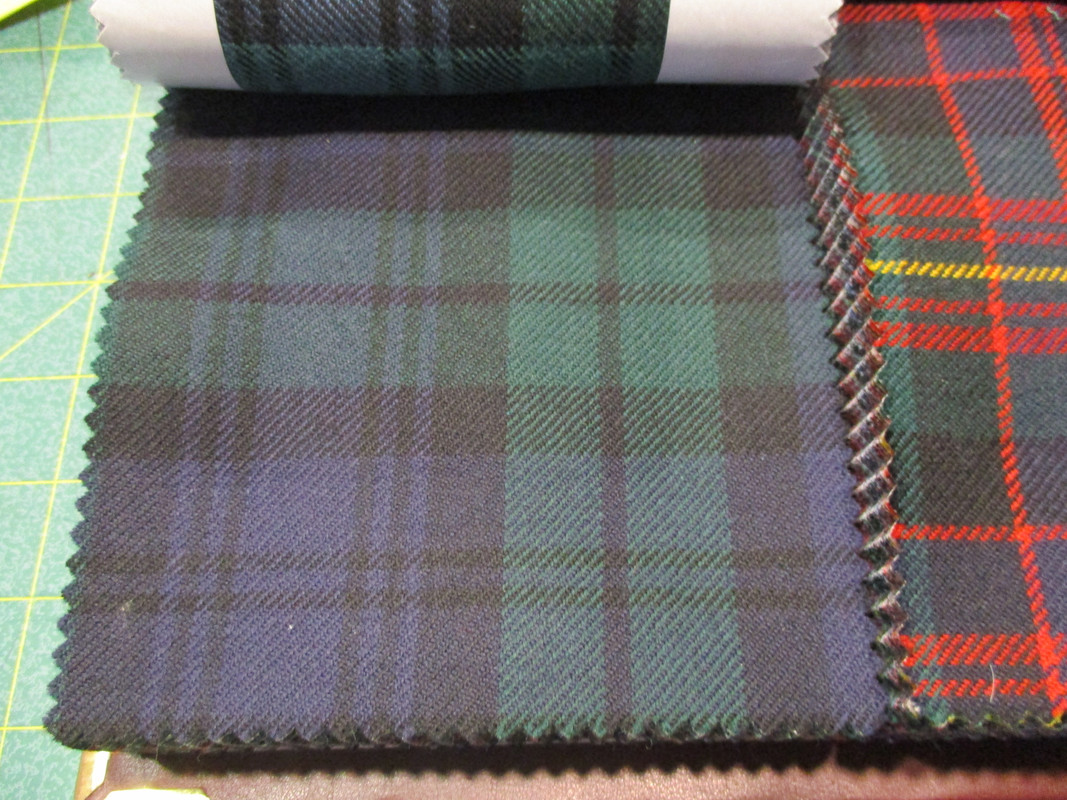
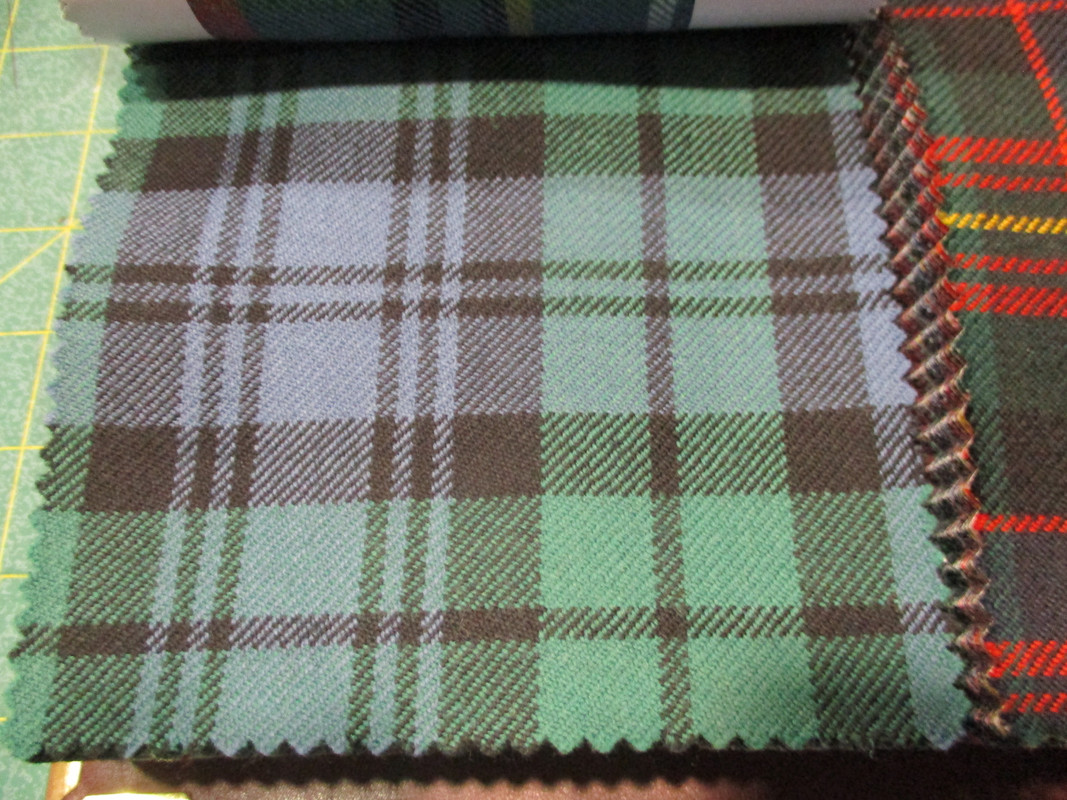
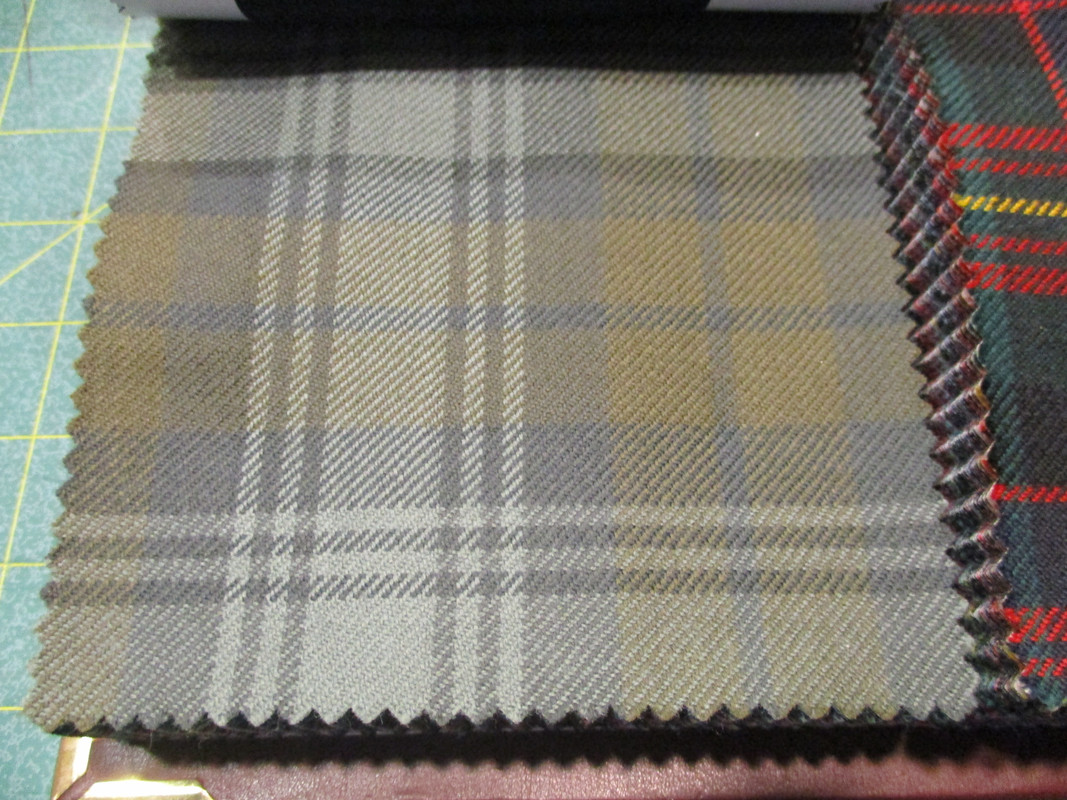
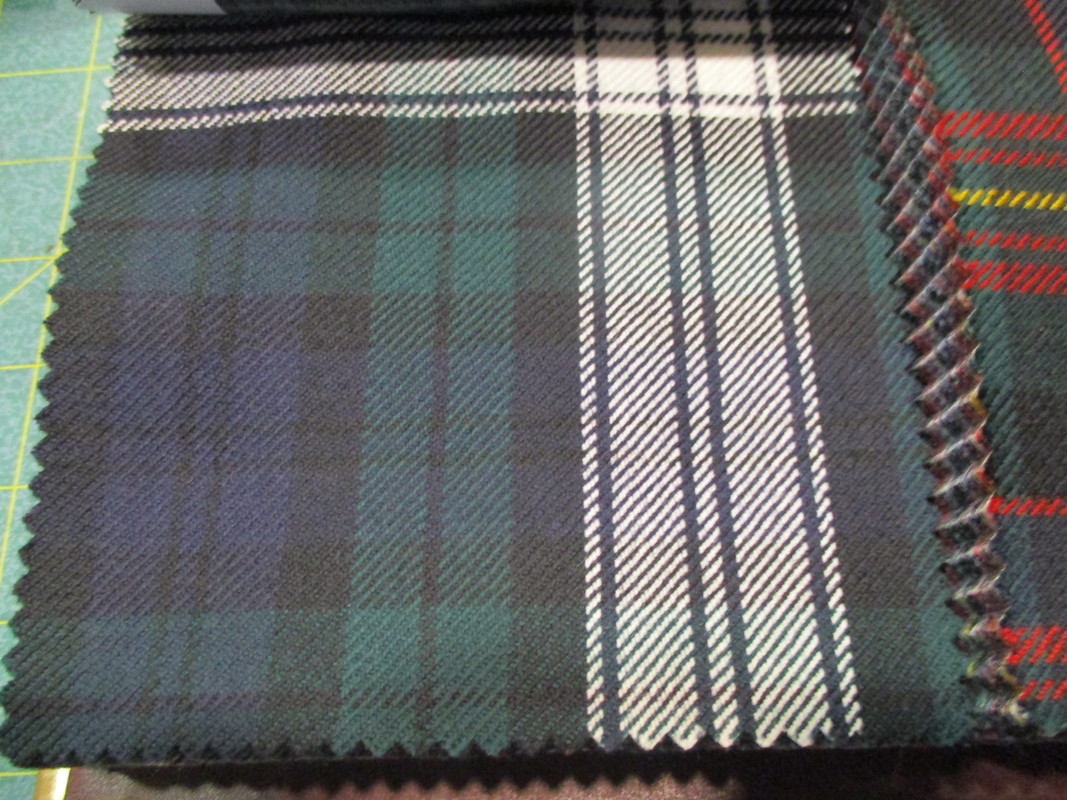
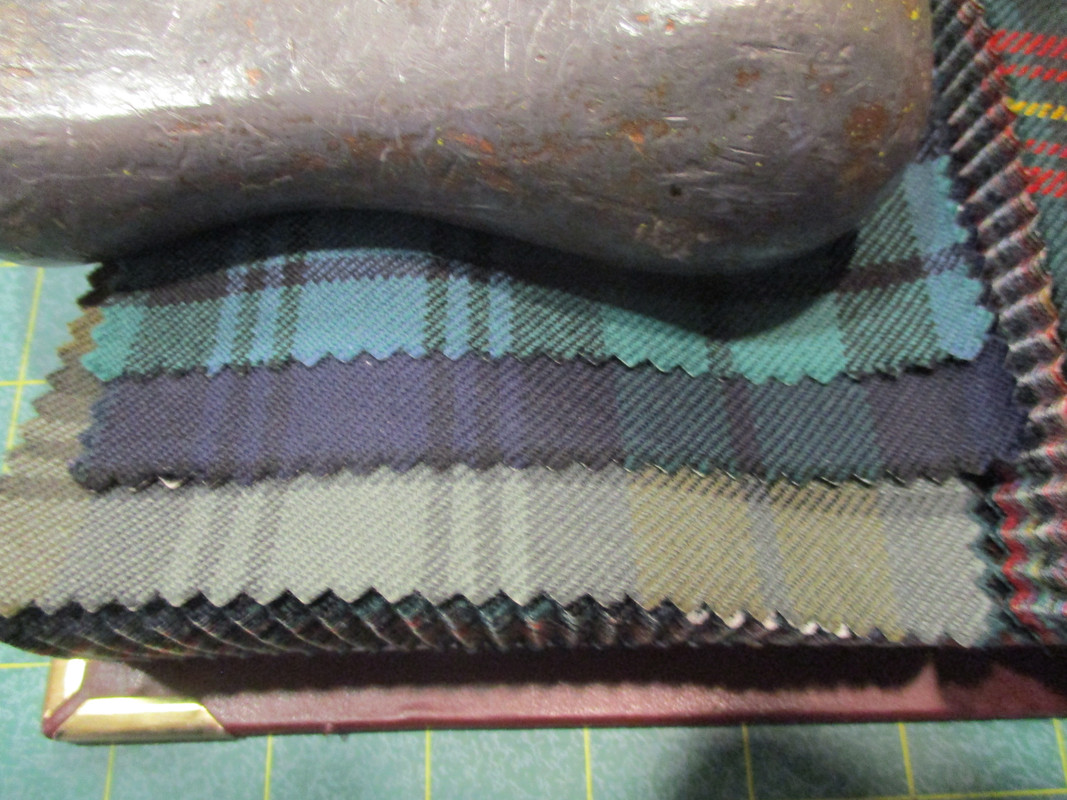







Bookmarks